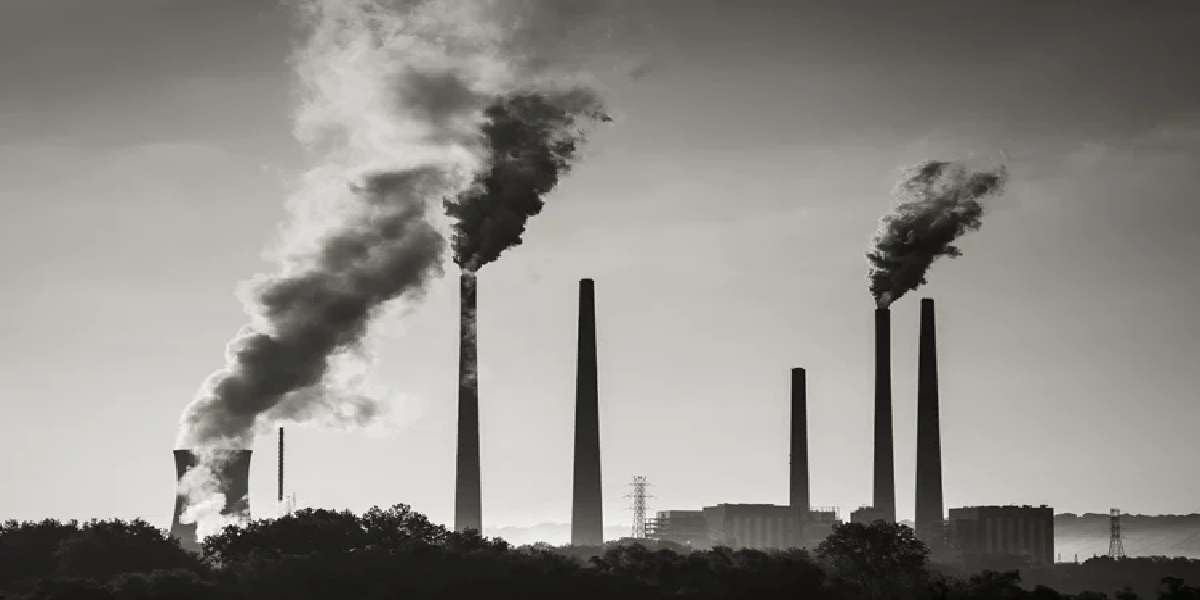According to a report on air quality and health in cities, 7,410 deaths occurred in Bengaluru in 2019 due to PM2.5.
Published Aug 22, 2022 | 7:27 PM ⚊ Updated Aug 22, 2022 | 7:27 PM

Pollution-related deaths in major cities across South India increased between two and threefold over the past two decades.(Representational Image/Creative Commons)
Pollution-related deaths in major cities across South India increased two- to three-fold over the past two decades, with the rise most pronounced in Bengaluru, according to the State of Global Air report on air quality and health in cities.
According to the report, 7,410 deaths occurred in Bengaluru, followed by Chennai (7,190 deaths), Hyderabad (7,410 deaths), Kochi (1,510 deaths) and Vijayawada (1,050 deaths) due to fine particulate matter (PM2.5) — pollution measuring less than 2.5 micrometres — in 2019.
Exposure to PM2.5 is one of the most consistent predictors of cardiovascular and respiratory diseases. South Indian cities exceed the World Health Organisation’s guideline of 10 μg/m3.
According to the report, Vijayawada tops the air pollution list among the metropolitan cities in South India with an average annual exposure level of 50.3μg/m3, followed by Hyderabad at 47.8 μg/m3, Chennai at 41.2μg/m3, Bengaluru 39.2μg/m3 and Kochi 37.9μg/m3.
According to the report, in 2000, around 2,090 deaths occurred in Bengaluru, Chennai (3,350), Hyderabad (2,520), Kochi (1,220) and Vijayawada (620).
The State of Global Air report states that a total of 9,80,000 deaths occurred in India due to exposure to fine particulate matter in 2019.
As per the report, Delhi topped the death list in the country due to PM2.5 with 29,900 deaths in the same year.
The State of Global Air report was released on 17 August and tracks air quality and health in cities.
The report is part of an ongoing global effort to study the devastating effects of air pollution on human ecosystems across the globe, encompassing data from over 7,000 cities in 116 countries.
The report also states that exposure to air pollution during pregnancy can lead to an increased risk of infants being born too small or too early.
"Polluted air has also been linked to asthma and lower respiratory infections among children,” reads the report.
The report adds that exposure to air pollution also shortens life expectancy. These health impacts lead to missed school and work, chronic illness, and death — harming families, communities, and economies.
According to the report, the common sources causing air pollution in cities across the world include fossil fuel-based energy generation, industrial activities, and transportation.
Other common sources of PM2.5 pollution in cities in low- and middle-income countries include burning coal and wood for cooking and heating in households, waste burning, and dust from construction sites.
According to the report, air pollution is responsible for one in nine deaths worldwide and accounted for 6.7 million deaths in 2019. Of these, more than four million deaths were linked to exposure to outdoor fine particle pollution worldwide.
